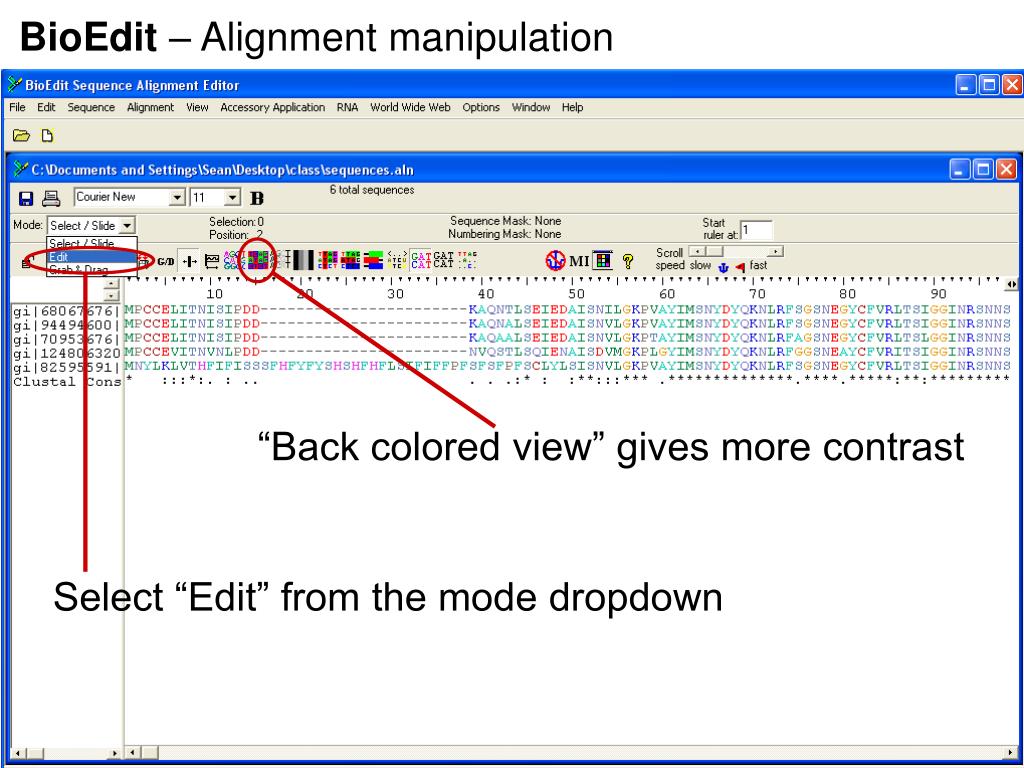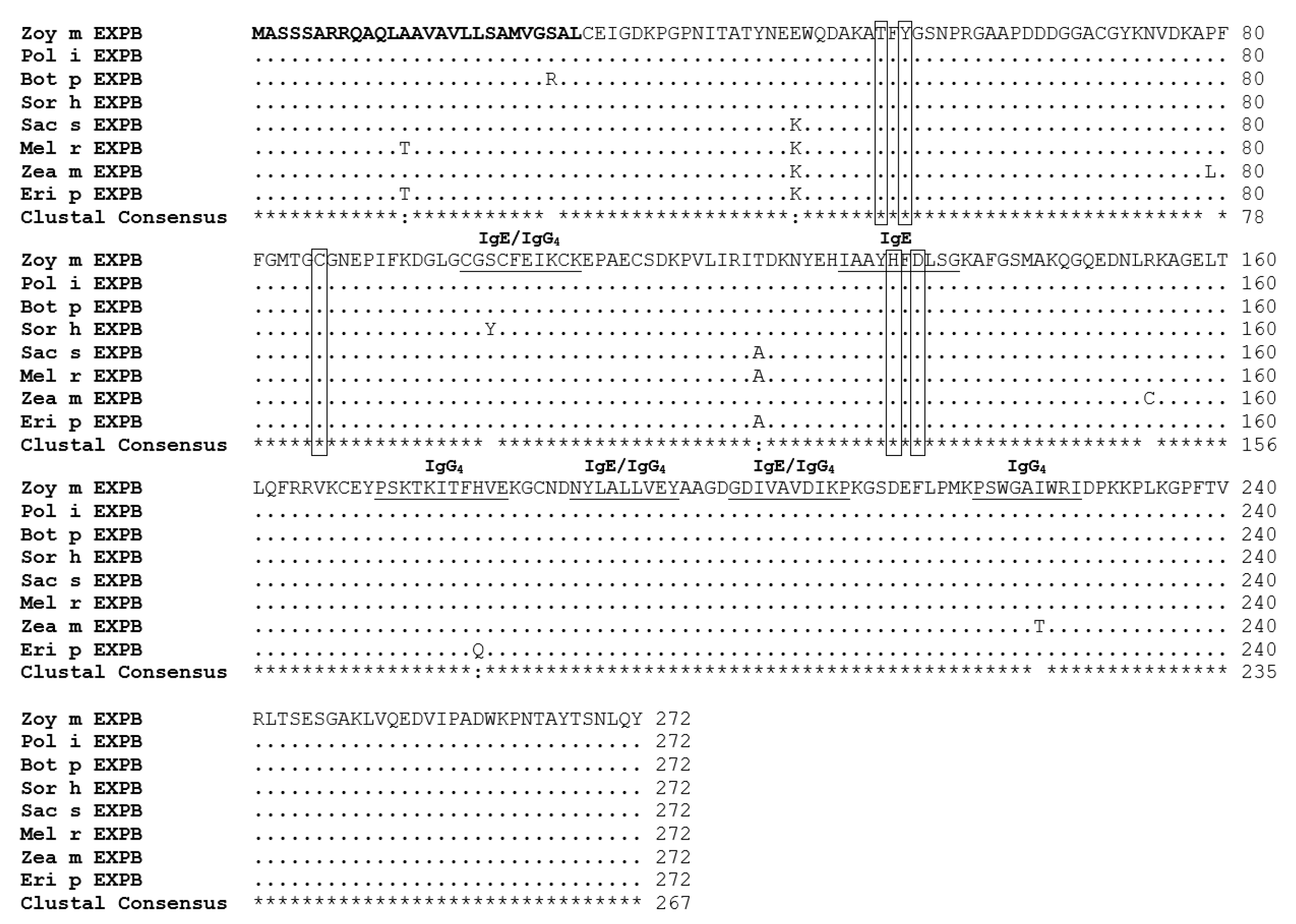
We collected, stored, and extracted DNA from buffy coat preparations and eschar specimens as described elsewhere ( 9, 15). The project was approved by the Comité Ético Científico, Pontificia Universidad Católica de Chile (Santiago, Chile #12–170 and #160816007) and the Naval Medical Research Center (Silver Spring, MD, USA PJT-16-24) ( 9, 14, 15). All cases were acquired in southern Chile and diagnosed as part of an ongoing surveillance project of the Chilean Rickettsia and Zoonosis Research Group. The clinical samples described in this study were derived from 18 patients with confirmed scrub typhus diagnosed during February 2016–February 2019. Here, we discuss the molecular description and phylogenetic analysis of a potential third pathogenic Orientia species detected in 18 patients with scrub typhus in southern Chile. Genomic information on Orientia strains from Chile has been insufficient and scrub typhus in the Middle East region is caused by a new Orientia species, Candidatus Orientia chuto ( 6), highlighting that our current knowledge on the spectrum of Orientia species is incomplete ( 13). This paradigm, however, has recently been brought into question with evidence of scrub typhus being found in the Middle East, Africa, and South America ( 7– 12). Disinterest has been influenced by the perception that scrub typhus is a geographically limited disease, threatening rural populations within a certain region, known as the “tsutsugamushi triangle,” and rarely affecting travelers ( 5, 6). Although this disease has been known since at least 313 ce and currently threatens over 1 billion people in Asia and Australasia, it is widely underdiagnosed and underreported ( 3, 4).

Scrub typhus is caused by Orientia tsutsugamushi, a strictly intracellular bacterium with a remarkable genetic and antigenic diversity ( 1, 2).

Scrub typhus is a potentially fatal rickettsial infection transmitted by larval stage trombiculid mites called chiggers. Our results indicate that Orientia isolates from Chile constitute a novel species, which, until they are cultivated and fully characterized, we propose to designate as Candidatus Orientia chiloensis, after the Chiloé Archipelago where the pathogen was identified. Phylogenetic analyses of both genes grouped the specimens from Chile in a different clade from other Orientia species. tsusugamushi and 3.0% for rrs and 14.8% for htrA compared with Candidatus Orientia chuto. Their diversity was 3.1%–3.5% for rrs and 11.2%–11.8% for htrA compared with O.


Sequences were ≥99.7% identical among the samples for both amplified genes. We analyzed Orientia gene sequences of 16S rRNA ( rrs) and 47-kDa ( htrA) from 18 scrub typhus patients from Chile. Although considered to be restricted to the Asia Pacific region, scrub typhus has recently been discovered in southern Chile. Scrub typhus is a potentially fatal rickettsiosis caused by Orientia species intracellular bacteria of the genus Orientia.


 0 kommentar(er)
0 kommentar(er)
